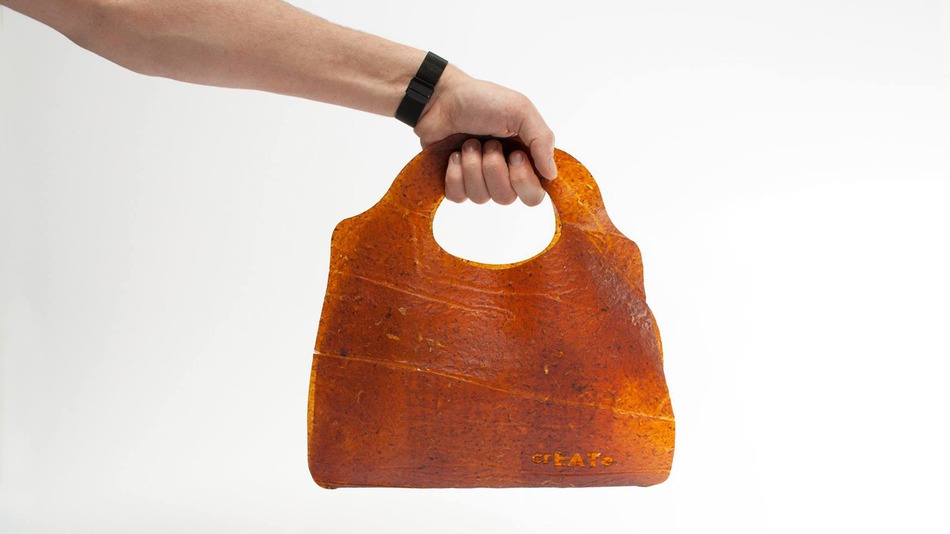According to the Department of Labor, Labor Day is:
1. Celebrated on the first Monday of September.
2. Dedicated to the social and economic achievements of American workers.
3. Constitutes a yearly national tribute to the contributions workers have made to the strength, prosperity, and well-being of our country.
According to retailers it is:
1. A great day to take advantage of the large number of potential customers free to shop.
2. An important sale weekend.
3. One of the largest sale dates of the year, second only to Black Friday.
The irony…..
Setting out to pay tribute to workers produces irresistible conditions to put them to work; creating an ironic retail holiday?
